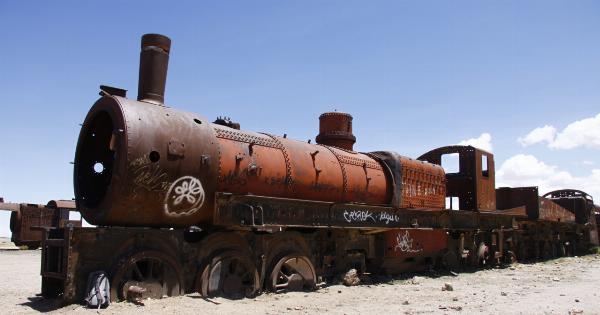Fractures are a common injury among children, with an increasing number of cases being reported each year. These fractures can occur due to various reasons, including accidents, falls, sports injuries, and child abuse.
It is crucial for parents and caregivers to understand the risks associated with fractures in children and take necessary precautions to prevent them.
Frequent Causes of Fractures in Children
Children are naturally active and curious, which increases the likelihood of accidents leading to fractures. Here are some common causes of fractures in children:.
1. Falls
Falls are one of the leading causes of fractures among children. Whether it’s falling off a bike, playground equipment, or stairs, children are prone to potential fractures when they lose balance or fail to land correctly.
2. Sports Injuries
Participating in sports activities is essential for a child’s physical and mental development. However, it also puts them at risk of fractures.
High-impact sports like soccer, basketball, and gymnastics can often result in fractures, particularly if adequate safety measures are not in place.
3. Child Abuse
While it is disheartening to acknowledge, child abuse can also lead to fractures in children. Physical abuse involves intentionally causing harm, which may result in broken bones.
It is important to be aware of the signs of abuse and report any suspicions to the appropriate authorities.
4. Accidents
Accidents, such as car crashes or bicycle accidents, can also cause fractures in children. These incidents often happen unexpectedly and can lead to severe injuries.
Risk Factors for Fractures in Children
While fractures can occur in any child, certain factors may increase their susceptibility. These risk factors include:.
1. Age
The risk of fractures tends to be higher in younger children, particularly toddlers and preschoolers, as they are still developing their motor skills and coordination.
2. Lack of Adult Supervision
Unsupervised playtime or inadequate adult supervision can increase the chances of accidents and subsequent fractures.
3. Osteoporosis and Bone Diseases
Children with conditions like osteoporosis or bone diseases are more prone to fractures, as their bones are weaker and more brittle than those of their peers.
4. Lack of Safety Precautions
Not using child-proof measures, such as safety gates, corner protectors, or stair railings, can significantly increase the risk of falls and fractures in children.
Prevention and Treatment
Preventing fractures in children involves a combination of supervision, safety measures, and education. Here are some effective prevention strategies:.
1. Supervision
Adults should actively supervise children during playtime, ensuring they are using equipment appropriately, and intervene if risky behavior is observed.
2. Safety Measures
Installing safety gates, corner protectors, window guards, and using appropriate car seats and seat belts can prevent accidents and reduce the risk of fractures.
3. Protective Gear
Using proper protective gear, such as helmets, knee pads, and elbow pads, when engaging in sports activities can significantly reduce the risk of fractures.
4. Healthy Diet
A balanced diet rich in calcium and vitamin D plays a crucial role in building strong bones. Encourage children to consume dairy products, leafy greens, and fortified foods.
5. Education
Educating children about the importance of safety and warning them about potential risks can help minimize accidents and fractures.
In Conclusion
Fractures are a common risk for children, but with appropriate prevention strategies and supervision, the number of fractures can be significantly reduced.
It is vital to create a safe environment for children, educate them about safety, and ensure they have access to proper protective gear when engaging in activities that have a higher risk of fractures. By adopting these measures, we can help children enjoy their childhood and minimize the impact of fractures on their overall wellbeing.






























